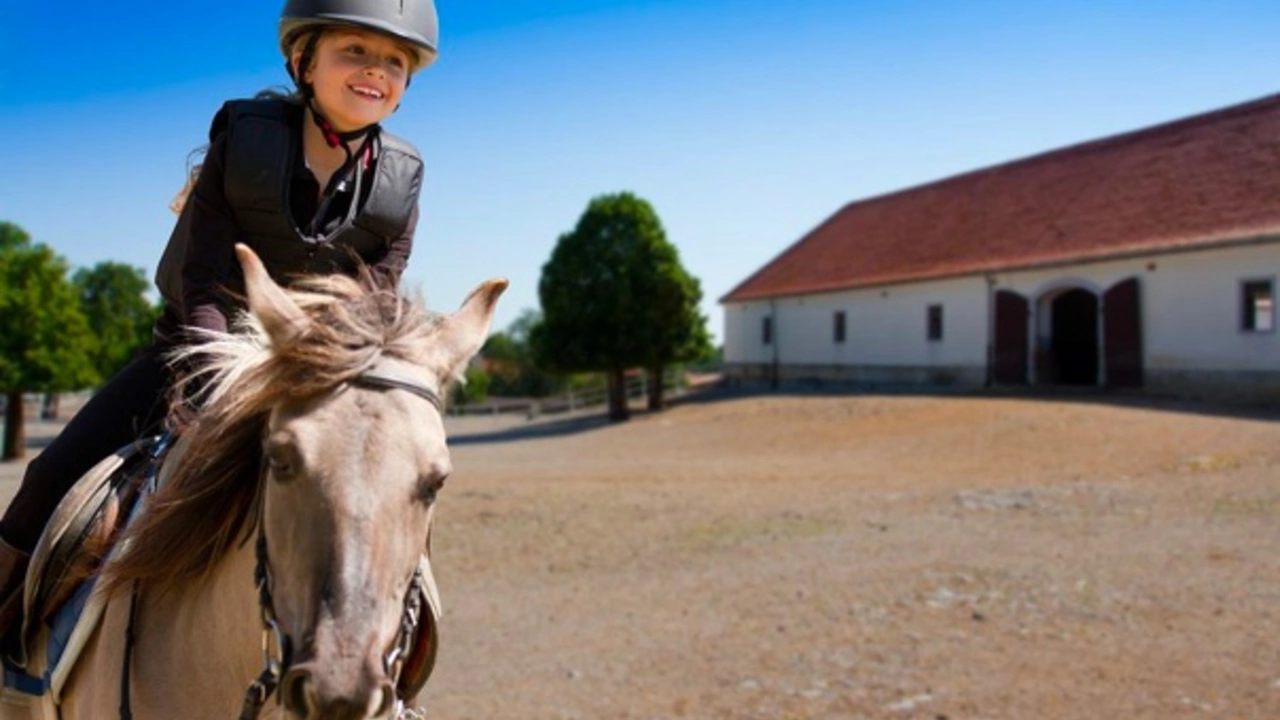Learning Horse Riding: Your First Steps in the Saddle
Thinking about hopping on a horse but not sure where to begin? You’re not alone. Most beginners wonder about the right gear, the first posture, and how many lessons they actually need. The good news is you can get comfortable in the saddle faster than you think if you follow a simple plan.
Gear Up the Right Way
The first thing you’ll notice is that what you wear matters. A well‑fitted helmet isn’t optional – it’s your safety net. Pair it with sturdy boots that have a small heel to keep your foot from slipping through the stirrup. A snug riding shirt and breeches help you move without chafing. If you’re on a tight budget, a basic English saddle and a simple bridle will do; just make sure they fit both you and the horse.
Master the Basic Position
When you first sit, straighten your back, keep your shoulders relaxed, and place your hands just above the horse’s mouth. Your heels should be down, toes pointing slightly out. This stance gives you balance and lets you cue the horse without over‑reaching. Practice this position on a stationary horse or a mounting block before you even try a walk.
Once you’re comfortable, start with short walks. Focus on breathing – a calm rider means a calm horse. Ask your instructor to let you lead the horse around the arena a few times; this builds confidence in controlling direction and speed.
Next, work on transitions. Going from a walk to a trot and back teaches you how to use your legs and seat together. Keep your hips relaxed and let the horse feel the change rather than forcing it. Small, deliberate cues work better than big, sudden movements.
Don’t forget to stretch before and after each session. Simple neck rolls, shoulder shrugs, and hamstring stretches reduce soreness and improve flexibility. A quick 5‑minute warm‑up can prevent back pain later on.
Consistency beats intensity. Riding once a week for an hour will give you steadier progress than a marathon 4‑hour lesson followed by weeks off. Aim for at least two short sessions a week if possible, and keep a notebook of what you practiced. Seeing your improvements on paper keeps motivation high.
If you hit a plateau, try riding a different horse. Each animal responds slightly differently, and the new experience can highlight gaps in your skill set. Don’t be shy about asking your instructor for specific drills – a focused drill on posting trot, for example, can tighten your core and improve balance.
Finally, enjoy the ride. Horseback riding isn’t just about technique; it’s about building a bond with an animal that trusts you. Take time to pat the horse, feed a treat, and talk to it. Those moments make the hard work feel worth it.
Follow these steps, stay patient, and you’ll find yourself riding with confidence sooner than you expect. Happy riding!



